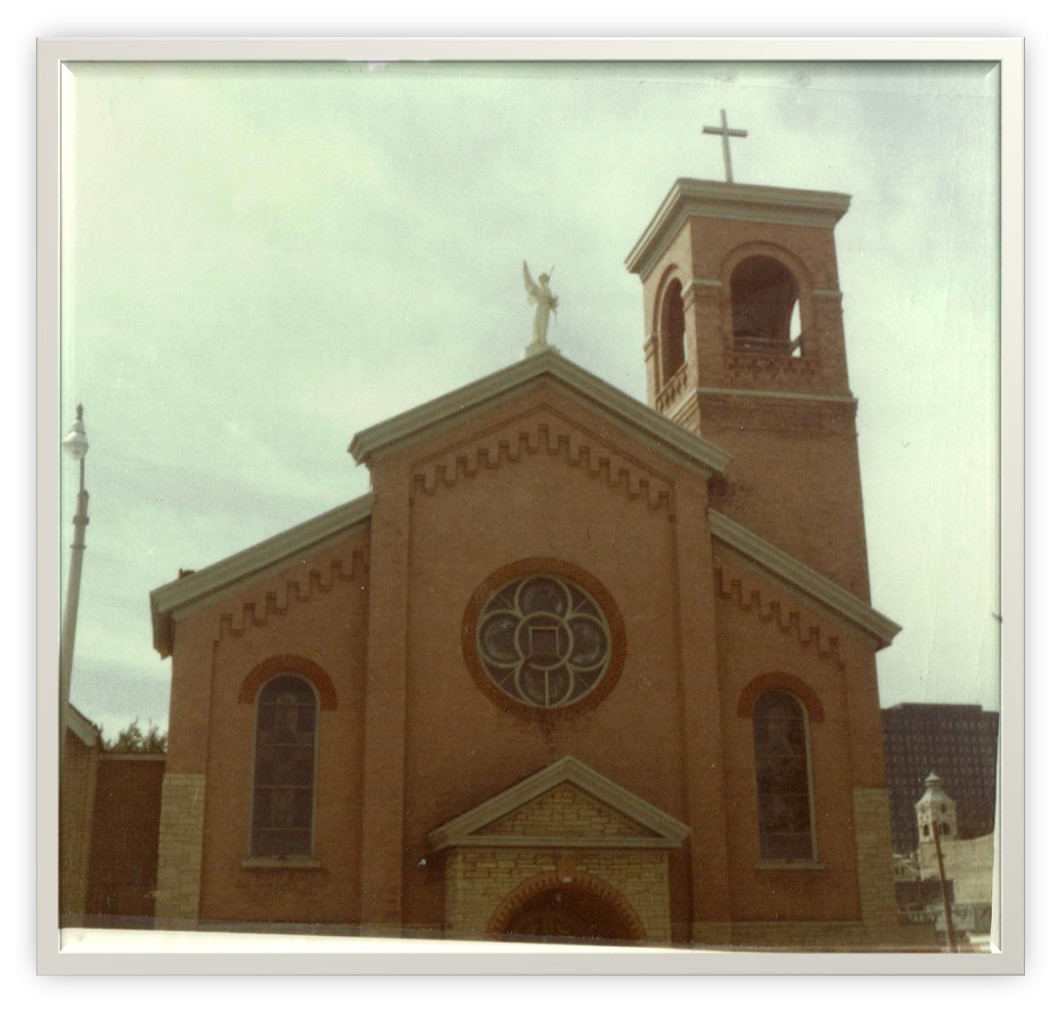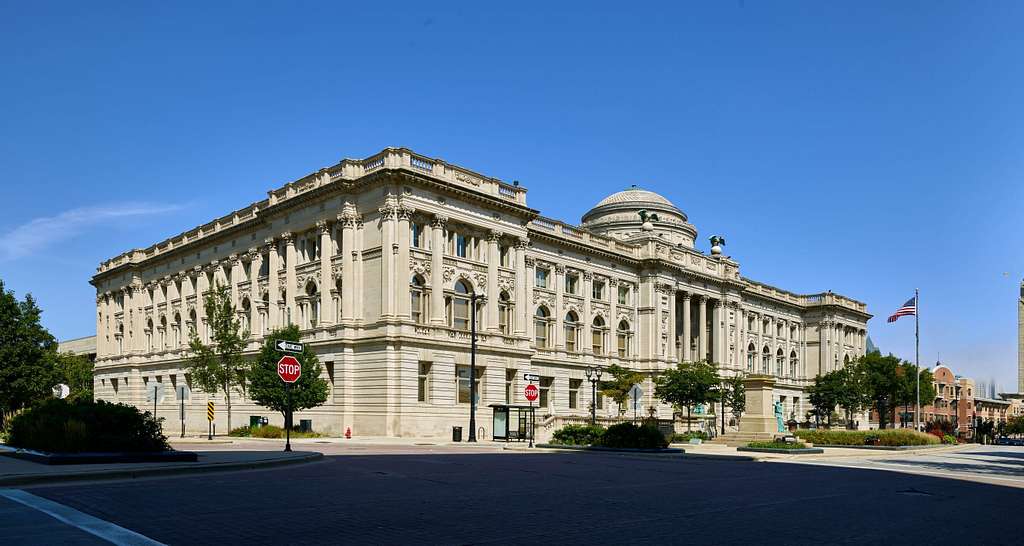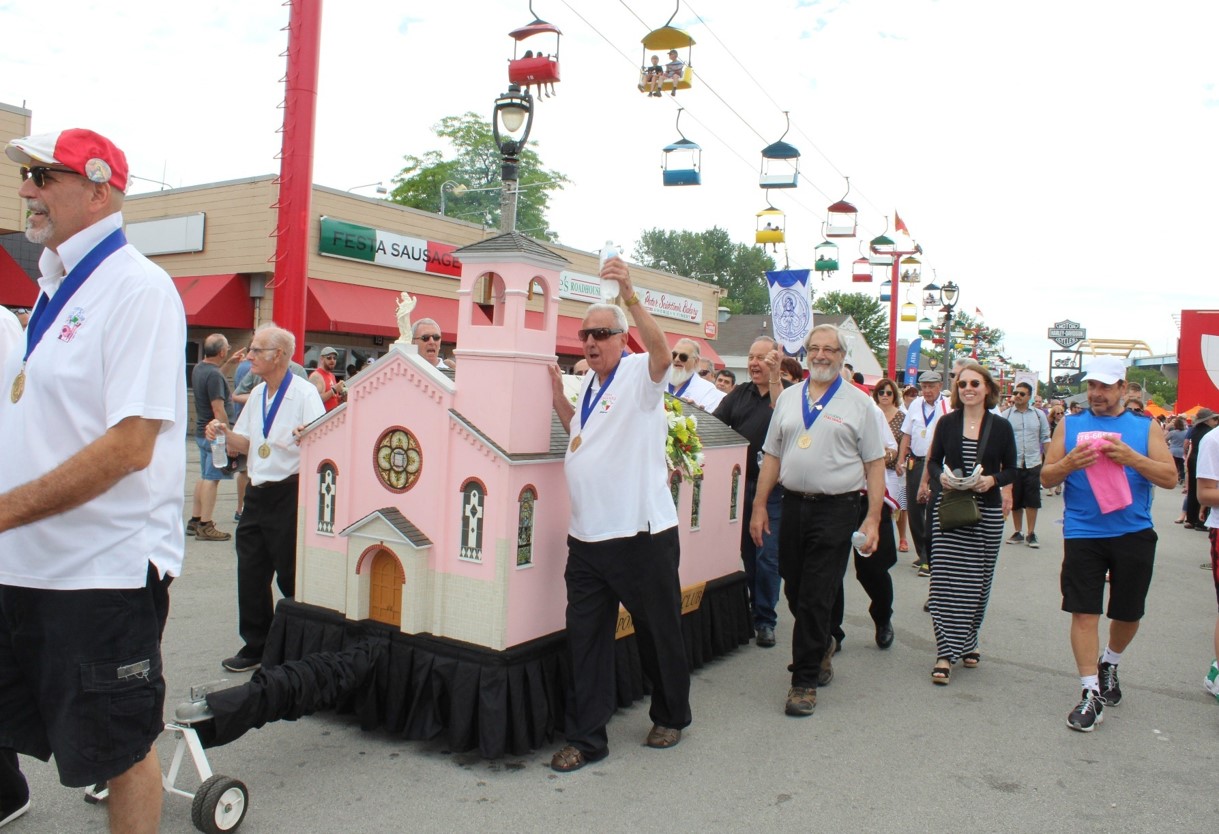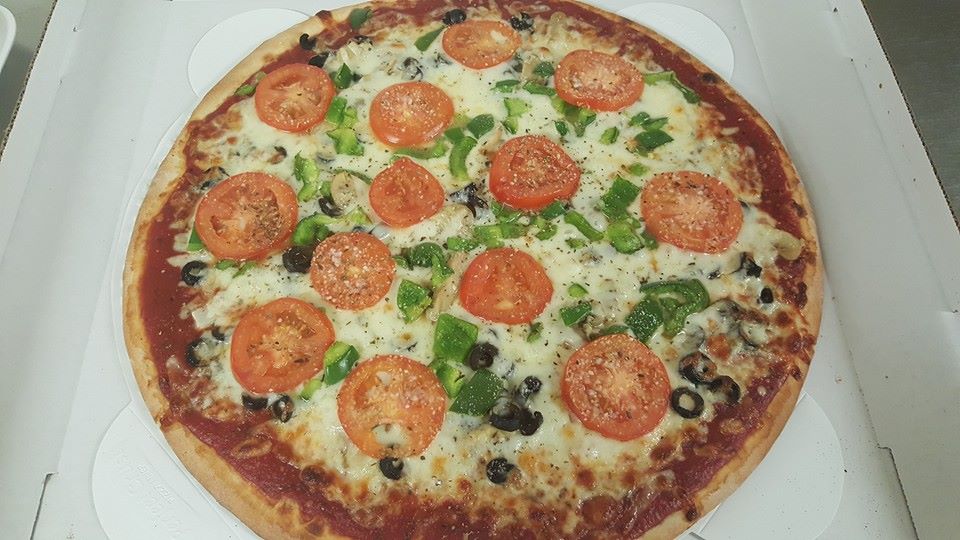I was born in Milwaukee, a place known for beer and bratwurst. But starting in the 1890s, it was also home to significant numbers of Italian immigrants, particularly from Sicily.
My nonna and her family settled in Milwaukee in the late 1930s. She and my nonno, who arrived after World War II, shopped at Sicilian-owned Glorioso's and Peter Sciortino's Bakery.
In later years, Nonno would meet us at Milwaukee's Festa Italiana, the city's longest-running ethnic festival, where we'd eat arancini and cannoli, watch folk singers and dancers, and stay for the Bartolotta fireworks.
I recently stumbled upon Storia Italia: Milwaukee, a documentary that aired on Milwaukee Public Television. While broadcast in 2015, the themes remain relevant, and it was a joy to see familiar names, faces, and storefronts. This was the Milwaukee that my family knew.
The documentary not only highlights Milwaukee's historically Italian neighborhoods—the Third Ward, Brady Street on Milwaukee's lower east side, and Bayview—but also shares personal stories of what these immigrants had to overcome, the contributions of Italians to Brew City, and reflections on what it means to be Italian in Milwaukee today.
I reached out to producer Maryann Lazarski to learn more about the making of this important documentary.
A veteran broadcast journalist, television producer, and educator, Maryann produced and managed Milwaukee's ABC affiliate, WISN-TV, for 20 years. More recently, she retired after a decade at Milwaukee PBS, where she produced a newsmagazine program and documentaries for broadcast and digital. Maryann has taught broadcast journalism and communications at the University of Wisconsin-Milwaukee and Cardinal Stritch University. She currently teaches a multimedia news storytelling class at her alma mater (and mine), Marquette University. She also serves as president of the Milwaukee Press Club, the oldest continuously operating press club in North America.
What inspired the creation of Storia Italia: Milwaukee?
This was the first documentary I produced for Milwaukee PBS (Milwaukee Public Television, MPTV, at the time). National PBS was airing a series called The Italian Americans, and the station wanted to have a local documentary to tie into the national broadcast.
So, I decided to visit Milwaukee's Italian Community Center, which displays hundreds of photographs of local Italian immigrants. At the time, I met with the center's historian, who was a wealth of information.
Milwaukee's Central Library. Carol M. Highsmith Photography
How did Italian immigrants contribute to the development of Milwaukee?
Many of the immigrants were artisans/sculptors who helped beautify the city's grandest buildings, including Central Library along Wisconsin Avenue, with Italian marble and tile. The immigrant men worked in factories and on the railroads, and others became entrepreneurs, primarily in the grocery business.
What challenges did the first Italian immigrants face when they arrived in Milwaukee?
As mentioned in the documentary, the language was a challenge for the immigrants. Even among the different "groups," they had different dialects, so it was often hard for them to communicate with each other. They didn't know how to read and write.
Housing was limited. Some lived with relatives who already arrived in Milwaukee.
Many were unskilled, so they learned trades or worked in the factories or on the railroads.
Tell us about the core neighborhoods where Italians settled and some of the businesses that reflect that history.
In Milwaukee's Third Ward—as mentioned in the documentary—was an area called Commission Row, where fruits and vegetables would be delivered. Other small Italian meat and grocery markets popped up there. Other Italians migrated to Brady Street on the lower east side of Milwaukee.

Blessed Virgin of Pompeii Church. Photo courtesy of Pompeii Men's Club.
You mention the Blessed Virgin of Pompeii Church. What role did the so-called Little Pink Church have in the community?
The Little Pink Church was a sacred space for the Italian immigrants to gather and share their Catholic faith. During this time, they also had church street festivals and honored Mary. The Italians were heartbroken when the church was bulldozed to expand the highway. There's still a marker commemorating where it once stood. That's when many moved to Brady Street and attended St. Rita of Casia church on the east side of Milwaukee.
The developer of the senior community center and housing is also Italian. He wanted to bring back the Little Pink Church, so he incorporated a new Little Pink Church into the complex.
Fest Italiana mass. Photo courtesy of Pompeii Men's Club.
How have Italian-Americans preserved and celebrated their heritage in Milwaukee?
Festa Italiana is a popular summer festival along the lakefront on the Henry Maier Festival Grounds. Milwaukee is known for its ethnic festivals throughout the summer.
Along Brady Street—where Italian immigrants once settled—there is an iconic Italian market called Glorioso's that's celebrating nearly 80 years. They just sold to new owners but will keep the traditions there intact.
On another part of town, in an area called Bay View, there's another iconic Italian corner market called Groppi's.
What do you hope viewers will take away from Storia Italia: Milwaukee?
Storia Italia is a story about immigrants and community. I would like viewers to listen carefully and appreciate what these immigrants went through to seek better lives and contribute to a city like Milwaukee. Their dedication to their faith is something to be admired and respected. Those of us who live here certainly appreciate the Italian and Sicilian culture and what they brought to our community, including a strong work ethic, camaraderie, Italian art, and, of course, great food!
If you enjoyed this article, consider subscribing to my newsletter for more content and updates!




